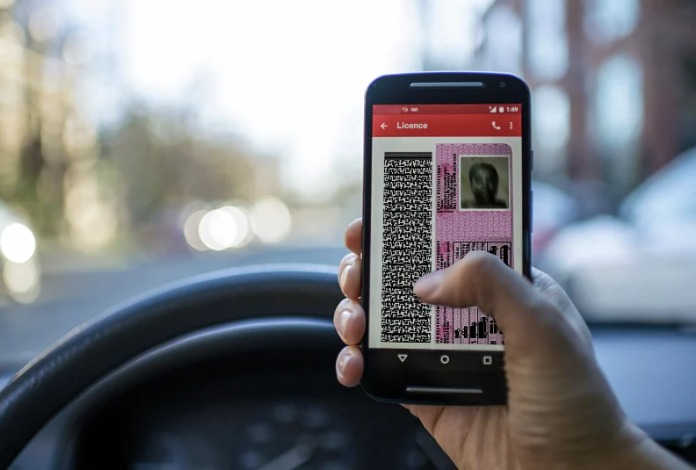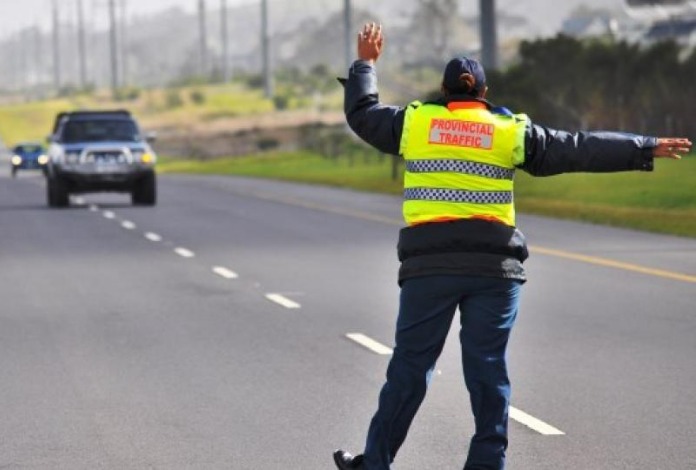The South African road safety annual reports over the years reveal that road accidents have consistently been on a rise in the country, especially from 1990 to the 2000s. In 2006, the country reached its peak in the number of accidents with 15,000 cases. With the increasing numbers, the South African government has tried to set up agencies and policies to reduce road accidents to the barest minimum. However, despite all the efforts of the South African government, the number of deaths caused by road accidents continued to increase notably from 2006 to 2013 after an initial decrease. In fact, the number of road accident deaths increased by 52% from 2000 to 2018.
Obviously, these statistics don’t look good, and the government is not taking them lightly. Therefore, before any driver in the country is issued a driver’s license, he or she is made to be fully aware of all the safe driving and road safety regulations to abide by in order to keep his life, that of his passengers, and other road users safe. Whenever drivers violate any of these rules, they are made to pay a fine as stipulated by the Administrative Adjudication of Road Traffic Offences Act, 1998 (AARTO) and other road governing bodies.
How Do I Check If I Have Traffic Fines To Pay?
You can easily check if you have traffic fines to pay online through Road Traffic Infringement Agency (RTIA), an online platform that has been designed by the AARTO Act to accept traffic fine payments. On the platform, you can check if you have a fine, dispute your traffic fine, and gain information regarding traffic rules and regulations.

To check your traffic fine status, you will need your South African ID and your driver’s license number. Here is how to check if you have traffic fines to pay:
- Visit AARTO.co.za
- On the navigation bar, click on ‘Current AARTO Schemes’
- Click on ‘The RTIA’
- Scroll down to the link for the RTIA website
- On the RTIA website, point to ‘AARTO’ and click on ‘AARTO Process’
- Under ‘Query My Fine’, tap on ‘Go’
You can also start the process straight from the RTIA website and continue from step 5 above.
After you have confirmed whether or not you have a traffic fine, the next thing you should do is make payment because if you make the payment 32 days from the day the traffic infringement was issued, you will be given a 50% discount.
Also, if your car was involved in the traffic infringement but you were not the driver, you can also nominate the driver who was responsible via the RTIA website. If you believe that you were not at fault and the traffic fine should be canceled, you can also make a presentation stating your point.
How Do I Pay My Traffic Fine?

Paying your traffic fine is also a straightforward process and there are a variety of methods and places you can use or go to to make payments. Below is a detailed list of outlets where you can make your traffic fine payment:
- Spar
- Lewis
- Engen Quick shop
- Boxer
- Shoprite
- Checkers
- Internet banking
- First National Bank (FNB)
- South Africa Post Office (SAPO)
- ABSA ATM or at the bank counter
How The Administrative Adjudication of Road Traffic Offences Act, 1998 (AARTO) Governs Road Traffic Violation

Administrative Adjudication of Road Traffic Offences Act, 1998 (AARTO) is managed by the Road Traffic Management Cooperation. It is an act of the South African Parliament that introduced a point demerit system for violation of traffic laws.
The AARTO traffic infringement law holds that for violating traffic laws, a driver gets one point, and when your points accumulate to 12, your driving license will be suspended. And if your license is suspended 3 times, it will be revoked. Also, if you already have points and stay clear of earning another one for three months straight, one point will be removed from the number of points you already have.
This law is currently being enforced in South Africa and is adhered to by all drivers. Companies are expected to give optimum attention to their drivers’ fine status because if for any reason it gets to 50 points then the entire company fleet will be grounded. At this point, not only will the drivers lose their means of livelihood, the company fleet will have to cease operations.
So, aside from the fines, you may have to pay, unsafe driving can also result in losing your driver’s license. The aim of this law is to promote safe driving among members of the public and reduce the already high number of road accidents and deaths in the country.
A Breakdown of The Amount of Fine and Points Each Traffic Violation Attracts
Here is a breakdown of the number of fines and points you get for violating any traffic law in South Africa.
| Violation | Number of points | Fine | Discount for payments within 32 days |
| Driving 131-135km/hr on a 120km/hr restriction | R250 | R125 | |
| Driving 141-145km/hr on a 120km/hr restriction | R750 | R375 | 2 |
| Driving 151-155km/hr on a 120km/hr restriction | R1250 | R625 | 4 |
| Driving under the influence of alcohol or intoxicating substances | Determined by the court | Determined by the court | 6 (if guilty) |
| Driving 100+km/h in 60km/h restriction | Determined by the court | 6 (if guilty) | |
| Driving 120+km/h in 80km/h restriction | Determined by the court | 6 (if guilty) | |
| Driving 140+km/h in 100km/h restriction | Determined by the court | 6 (if guilty) | |
| Driving 160+km/h in 1200km/h restriction | Determined by the court | 6 (if guilty) | |
| Overtaking across a barrier line (bus, minibus, or truck) | R750 | R375 | 2 |
| Overloading a vehicle with a maximum of 56 000g with an excess combination mass of 12% – 13.99% | R1500 | R750 | 5 |
| Driving 81-85km/hr on a 60km/hr restriction | R750 | R375 | 2 |
| Driving 106-110km/hr on a 80km/hr restriction | R100 | R500 | 3 |
| Driving 121-125km/hr on a 110km/hr restriction | R750 | R375 | 2 |
| Driving 131-135km/hr on a 100km/hr restriction | R1250 | R625 | 4 |
| Driving an unregistered vehicle | R500 | R250 | 1 |
| Driving an unlicensed vehicle | R500 | R250 | 1 |
| Driving with a licensed plate that is not clearly visible or legible | R500 | R250 | 1 |
| Driving without a drivers license | R1250 | R625 | 4 |
| Driving without seatbelt | R250 | R125 | |
| Driving while holding or using your phone | R500 | R250 | 1 |
| Skipping a stop sign – light vehicles | R500 | R250 | 1 |
| Skipping a stop sign – buses, mini-busses, taxis, and trucks | R750 | R375 | 2 |
| Skipping red traffic signal – light vehicles | R500 | R250 | 1 |
What Is NATIS?

NATIS is an acronym for National Traffic Information System, a law enforcement tool. Its introduction was a means for the National Department of Transport to improve transport infrastructure in the country. The responsibility of NATIS is to keep records, store assets, and enforce the requirements of the National Road Traffic Regulations and the National Road Traffic Act.
NATIS is also used to disseminate information regarding lost or stolen vehicles and also to prevent fraudulent vehicle registration processes. It is used as a register for the South African Bureau of Standards to ensure that only vehicles that meet safety standards are registered in the country.
As a result of the technological limitations of NATIS, it was changed to eNATIS, which is a strategic tool of the Road Traffic Infringement Agencies (RTIA). It serves as a register that keeps a record of all traffic fine payments and ensures that infringement is centralized.
What Happens If I Don’t Pay My AARTO Fine?

If you do not pay your traffic fines in 32 days, an infringement order will be served to you. If after 64 days you are yet to pay your fine, an enforcement order will be served to you via hand delivery or registered mail and all points your violation has attracted will be allocated to you.
Until you have completed all outstanding fine payments or the fine revoked, you will not be eligible for any license or license disc in your name or in respect to the vehicle registered in your name.
